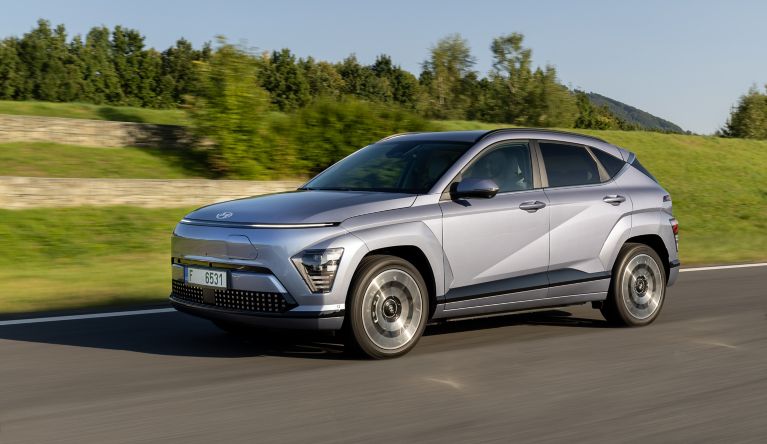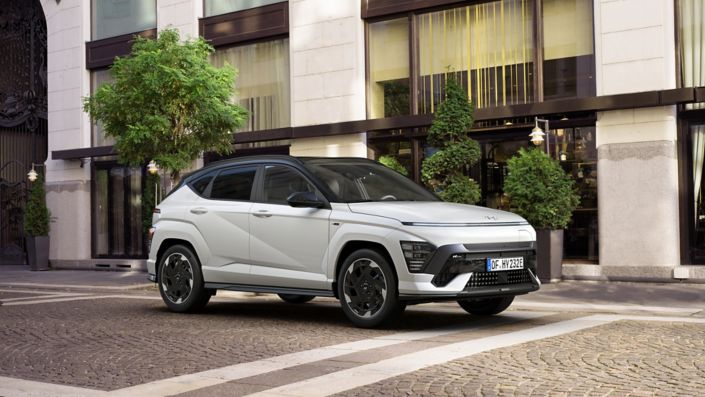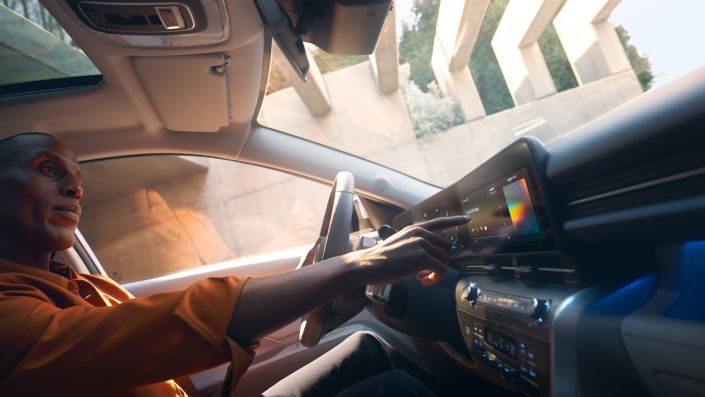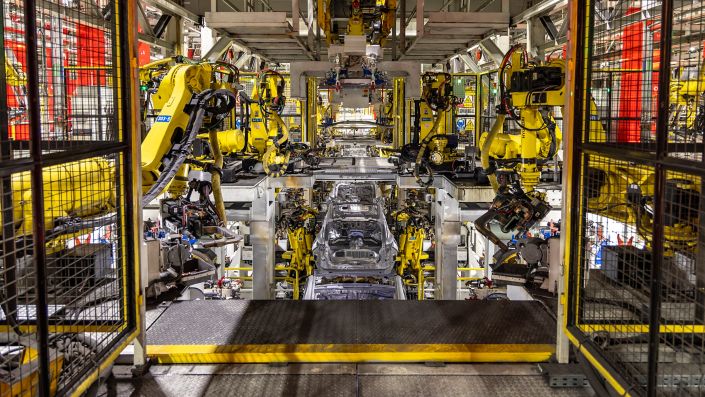With its increasing fleet of electrified models, Hyundai is driving a change in the automotive industry. This symbolises the company’s interest in conserving the planet and the world around us, but it also represents the strength of the customer.
Hyundai has listened to its customers and is responding by pushing EVs, including the all-new Kona, to the forefront. Kona represents a major success story for the Hyundai brand. As demand for Kona soared in Europe, a strategic decision was made in 2020 to prioritise its production in Europe as well at Hyundai Motor Manufacturing Czech (HMMC).



Despite the challenges of starting from scratch to meet high demand, the state-of-the-art manufacturing technologies, streamlined processes, and skilled workforce at HMMC ensured that production quickly gained and maintained momentum. The launch of electric car production meant a number of new innovations for the Nošovice plant.
A new phase of production involving the storage and installation of electric batteries was created especially for the electric vehicle. A new battery warehouse was created, with autonomous robots delivering batteries to the newly reorganised assembly line. This had to be extended by 15 metres due to a new production step that includes the assembly of the battery. And robots needed to be modified to ensure they could properly calibrate the front radars and the head-up display.
Kona Electric’s success is just an example of how Hyundai is driving change. It not only underscores HMMC’s position as a major player in Hyundai’s global production network, but also shines a spotlight on the company’s ability to respond quickly to market trends.
From ICE-first to EV-first
Since rolling into the spotlight, Kona has undergone a paradigm shift. Originally conceived as an internal combustion engine vehicle, the electric variant of Hyundai’s B-SUV was built on the same platform as the ICE variant and launched the following year.
With the second-generation Kona having emerged in 2023, Hyundai, capturing the zeitgeist, has reintroduced its iconic model following an ‘EV first’ approach. Prioritising the development of the electric variant, the design of the all-new Kona makes a clear departure from traditional SUV typology.
Benefits of the EV-first approach
This ‘EV first’ approach not only influences the exterior design of Kona Electric, it enables new technologies as part of the EV lifestyle such as Vehicle-to-Load (V2L). As the first Kona Electric generation built on a dedicated EV platform, the all-new Kona Electric is the first Kona to be capable of V2L, allowing customers to use their car to power appliances and electronic devices.
Even non-EV customers can enjoy the benefits of the EV platform – namely, its effects on the vehicle’s interior. Built on an EV-derived universal architecture, all variations of the second-generation Kona offer a wide and open interior layout, creating a spacious and inviting environment for customers to enjoy. The result is a large and customer-centric living space.


Compared to the previous generation, the all-new Kona offers outstanding comfort for passengers with a longer wheelbase, more headroom, and more cargo space in the rear. The all-new Kona’s slim seats, only 85 millimetres thick, add more legroom. On top of that, the second-row shoulder room is the largest in its class.
With the living space’s upscaled dimensions and optimised spatiality, Kona can adapt to various lifestyles. Its flexible and modular design allows for easy customisation and versatile use, making for a truly adaptable and functional interior for any customer’s day-to-day activities and adventures.
Progress toward change


Disclaimer: CO2 and emissions data
KONA
- Fuel consumption combined for the Hyundai KONA 1.0 T-GDI with 6MT 2WD in l/100 km: 6.0 - 5.6; CO2 emissions combined in g/km: 138 - 128 (WLTP)
- Fuel consumption combined for the Hyundai KONA 1.0 T-GDI with 7DCT 2WD in l/100 km: 6.4 - 5.8; CO2 emissions combined in g/km: 147 - 132 (WLTP)
- Fuel consumption combined for the Hyundai KONA 1.0 T-GDI 48V with 6MT 2WD in l/100 km: 5.9 - 5.4; CO2 emissions combined in g/km: 134 - 123 (WLTP)
- Fuel consumption combined for the Hyundai KONA 1.6 T-GDI with 6MT 2WD in l/100 km: 6.7 - 6.2; CO2 emissions combined in g/km: 152 - 141 (WLTP)
- Fuel consumption combined for the Hyundai KONA 1.6 T-GDI with 7DCT 2WD in l/100 km: 6.5 - 6.2; CO2 emissions combined in g/km: 148 - 141 (WLTP)
- Fuel consumption combined for the Hyundai KONA 1.6 T-GDI with 7DCT 4WD in l/100 km: 7.1 - 6.7; CO2 emissions combined in g/km: 162 - 151 (WLTP)
- Fuel consumption combined for the Hyundai KONA Hybrid 1.6 HEV 6DCT 2WD in l/100 km: 4.8 - 4.5; CO2 emissions combined in g/km: 108 - 103 (WLTP)
KONA Electric
- Electricity consumption combined for the Hyundai KONA Electric 48.4 kWh in kWh/100 km: 14.6; CO2 emissions combined in g/km: 0 (WLTP)
- Electricity consumption combined for the Hyundai KONA Electric 65.4 kWh in kWh/100 km: 14.7 - 16.6; CO2 emissions combined in g/km: 0 (WLTP)













